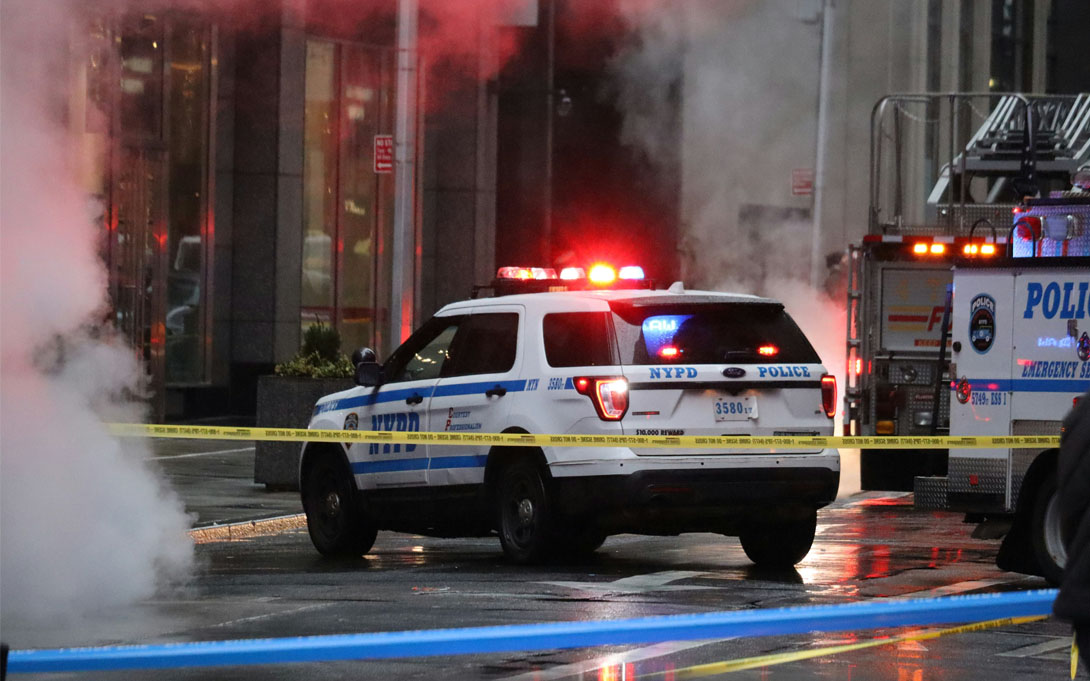
Policing technologies are increasingly being used to surveil the public with the stated goal of making communities safer and decreasing crime.
New policy briefs from the Ford School of Public Policy’s Science, Technology, and Public Policy program (STPP) on three of these technologies—robot dogs, drones, and predictive policing algorithms—find technologies can violate the privacy and constitutional rights of citizens, perpetuate biases against marginalized groups, and their effectiveness is questionable. As a result, the briefs conclude policymakers should enact legislation and regulations to safeguard the public against the potential abuse of these policing measures as they are deployed.
“Every time law enforcement adopts a technology to solve a problem, local leaders have to consider possible consequences that are not included in the brochure, along with ways those consequences may have disparate impacts on different communities,” said Molly Kleinman, Managing Director of STPP.
Predictive policing is the application of analytical software to identify likely targets for police intervention and prevent crime. Development of and Concerns Regarding Predictive Policing Practices, written by student researcher Madison Cutler (BA ‘24), discusses how the last 8–10 years has brought the application of analytical tools and artificial intelligence (AI) to enable such predictions based on large sets of data. Proponents of predictive policing say that it better processes information without human bias, however, there is no widespread evidence that the initiatives improve community safety, and numerous advocacy groups and legal challenges have called attention to the dangers of predictive policing in terms of reproduction of biases, civil rights violations, and lack of transparency.
Robot Dogs for Surveillance and Policing: Overview and Policy Recommendations, written by student researcher Mara Pusic (BA ‘24), details the historical background and development of robotic dog technology, the deployment and use of which has recently grown with a number of U.S. law enforcement agencies purchasing and deploying the technology for the stated purpose of protecting public safety. This technology raises core concerns around the growing trend of deploying mobile cameras and artificial intelligence to surveil and control the public. The memo concludes with a number of policy recommendations to responsibly monitor and counteract expanded and potentially nefarious utilization of this technology by government and law enforcement.
Like other states and municipalities, law enforcement agencies in Michigan are increasingly using drones for purposes including surveillance, crime prevention, and search and rescue operations. Drones can capture images and videos of individuals without their consent or knowledge, necessitating clear legislation and regulations to safeguard civil liberties. Regulating Drone Surveillance in Michigan, by student researcher Terry Nguyen (BA ‘24), examines the background and proliferation of the police use of drones, the risk of misuse, the need to protect citizens' Fourth Amendment rights, and policy recommendations for regulations and transparency.
The policing technology policy briefs were researched and written by students under the guidance of STPP staff and are representative of STPP’s Community Partnerships Initiative horizon scanning work. STPP keeps an eye on news reports, scholarly research, and policy developments related to new and emerging technologies and assess the implications that new tech might have for partners through policy briefs and research reports on relevant topics. STPP is always looking for new topics. Please contact [email protected] with suggestions for other horizon scanning memos.